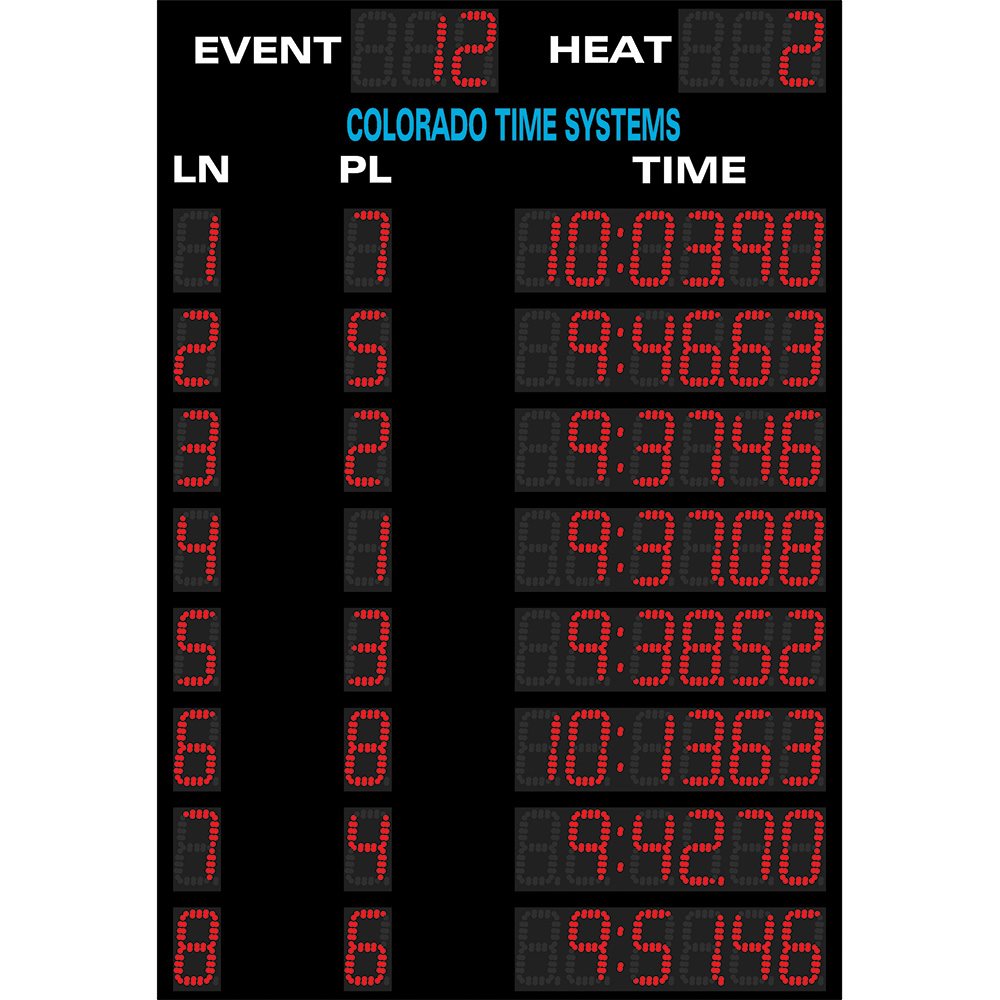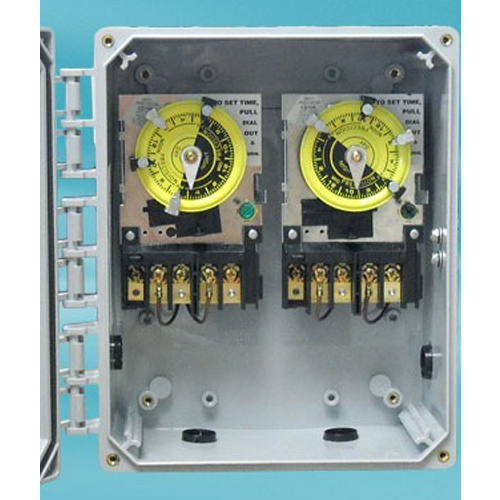
(For this interval the hand will simply cycle through 12, 40, 20 and repeat, see below). The first time the red tip will be on 12, the next time it will be on 40, the time after on 20, the time after again it will be back to 12. For example “ on the red top on 1:40” means swimming 100 (metres/okay yards if you insist) in every one minute and forty seconds. Along with this will be the pre-determined pace interval. These variant phrases mean that you start the first swim of the set when the red tip of the second hand reaches 12. Similarly any swimmer who has spent time in a club or coached environment will know the phrase “ on the red top” ( or “ on the red bottom“, or “ on the red 10” etc). Those who have spent time in a cycling peloton will know the cry of “ up, up, up” which signifies a sudden breakaway attempt. hit the target time, consistently and repeatedly. You do this in the same way that you improve it: By swimming repeat distances on a fixed time to see if you can “ make the interval“, i.e. Controlling pace, the ability to swim at a certain speed for a certain distance or time, takes a longer time to master, and the first step is to know what it your pace actually is. Once you have learned to control your rests, and your fitness increases, you will be better able to swim at a steadier speed. Pace clock use should become second nature to all swimmers looking to improve fitness, technique, distance or time, or all of the above.

Swim a length, rest no more than 30 seconds. The same applies to beginners swimming single lengths. You can take a longer 30 second rest before the start of your next set.

(Excluding maximum speed sprints for more advanced swimmers). It means to swim 100 metres continuously ten times, with a fixed rest interval between them.įor most swimmers that interval will or should be between 5 and 20 seconds. “10 x 100” is a very common swimming set for swimmers of most abilities, and all distances and speeds. Your heart rate will decrease and your fitness will improve. Instead of two-minute long rests while hanging off the wall, you will take one minute breaks (still too long) then 45 seconds, then 30, then down to 20 and 10 seconds. Using the old engineer’s maxim of “ anything that is measured improves“, once you start to measure your intervals, you will start to control them. So the pace clock is most commonly used to measure and control the rest intervals between swims. Almost all swims should be broken up into repeats of varying distances, even if your target is your first “long swim” or triathlon. While always working on technique is vitally important, the fundamental structure of most swim training is interval based. Another common problem is that of the more experienced fitness swimmer who simply swims up and down at a single pace, with no stops. Carbon dioxide buildup forces them, sooner rather than later, to stop for air. They struggle with technique, especially breathing, and instead of concentrating on getting this right first, will try to force themselves to do too many lengths.

Swimmers new to regular swimming workouts, especially those who like me swim by themselves or don’t have a club background, will usually fall foul of the same basic mistakes. The simplest use of the pace clock is to time rest breaks, often called rest intervals, between swims (often abbreviated to R.I or RI on swimming workouts). The pace clock has two primary functions. Most do not even have minute hands, simply a single double-sided second hand, with one orange or red tip, that can be seen from the far side of the pool. The pace clock does not have an hour hand. Yet many swimmers who have never swam in a club environment never take the short time to understand its basic utility. The pace clock is actually the single most useful tool for swimmers to improve, and ahead of all paddles, kick-boards and other toys so often used. This nervousness means that many avoid learning its use, seeing it as tool for purely fast or advanced or competitive swimmers. The pace clock, often called a lap clock, is an item that often causes confusion and even apprehension to beginning and some experienced lap and fitness swimmers. While is about open water swimming, I consider both learning the basics in a pool and continued pool training an essential component for almost all open water swimmers.

Along with my guide to the different types and uses of swimm ing googles and the perennially popular understanding lane swimming etiquette, these articles are intended (mostly) for newer and developing swimmers. Following my review of Brilliant Swim’s PaceWatch, it seemed an appropriate time to do an introduction to the Pace Clock commonly seen in most pools.


 0 kommentar(er)
0 kommentar(er)
